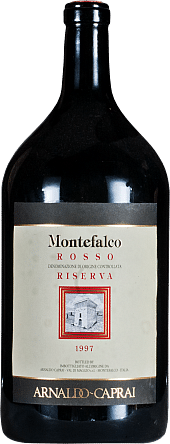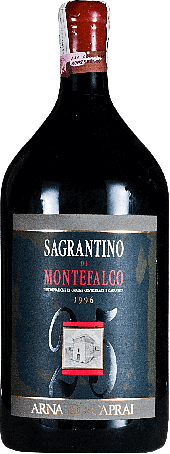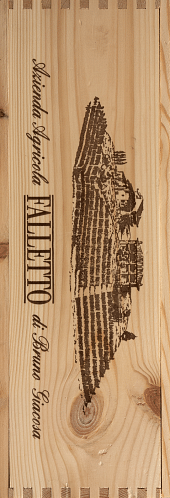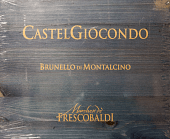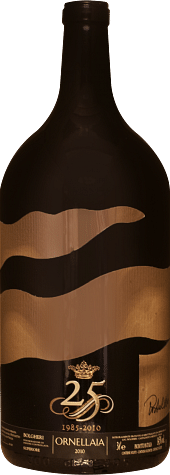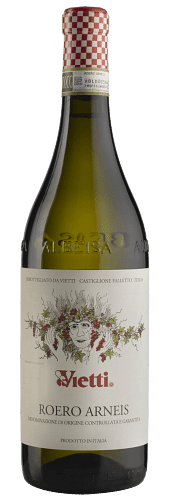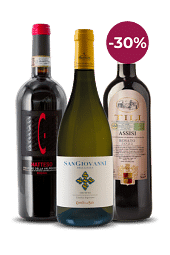
Poggio di Sotto
The daily work of the Arnaldo Caprai winery is guided by attention to tradition, an inclination for innovation through experimentation in the field of agronomics and oenology, and knowledge of the land.
Gianfranco and Graziella Soldera are guided by a philosophy of respect for the laws of nature, allowing it to express all its potential. On their estate southwest of Montalcino, they cultivate more than 23 hectares of the Sangiovese Grosso vine, which is used for their Brunello di Montalcino.
Select Pairing
Based in the province of Perugia, in the heart of the municipality of Montefalco, this company was founded in 1971 by a textile businessman - Arnaldo Caprai - who decided to follow his dream and produce wine. In 1988, he handed the reins of the company over to his son, Marco, who, with enthusiasm and dedication, added that extra drive that led to the final recognition of his products on the wine scene.
Sagrantino di Montefalco: Caprai's special wine
In 1993, the Sagrantino di Montefalco selection (which celebrated the company’s 25th anniversary) finally and undisputedly sealed Marco Caprai’s reputation as a great Italian wine producer.

Today, 40 years after its foundation, the company has made huge progress in terms of experimentation and research and also in the agronomic and oenological field, while still preserving its original identity and guiding principles of tradition, innovation and territory.

Gianfranco and Graziella believe that, to obtain a fine product, you need to draw on past experience, fully understanding it, in order to verify and innovate it with modern experimental techniques. This is why the wines produced on the Case Basse estate are the result of research and study. Backed by faculties of agriculture in various universities and the department of microbiology in Florence, Casa Soldera wines are supported by an electronic control unit that checks the weather all year round and by careful study of the entire vinification stage, allowing control and analysis of the wine from the vine to the glass.

They do all this while respecting traditional cultivating techniques, with weed killer-free fertilising, a structure and organisation of the vines that allow for manual processing, dual pruning, thinning of the grapes and limited defoliation in the autumn that helps the fruit to ripen properly.




 Red
Red  White
White  Rosè
Rosè 
